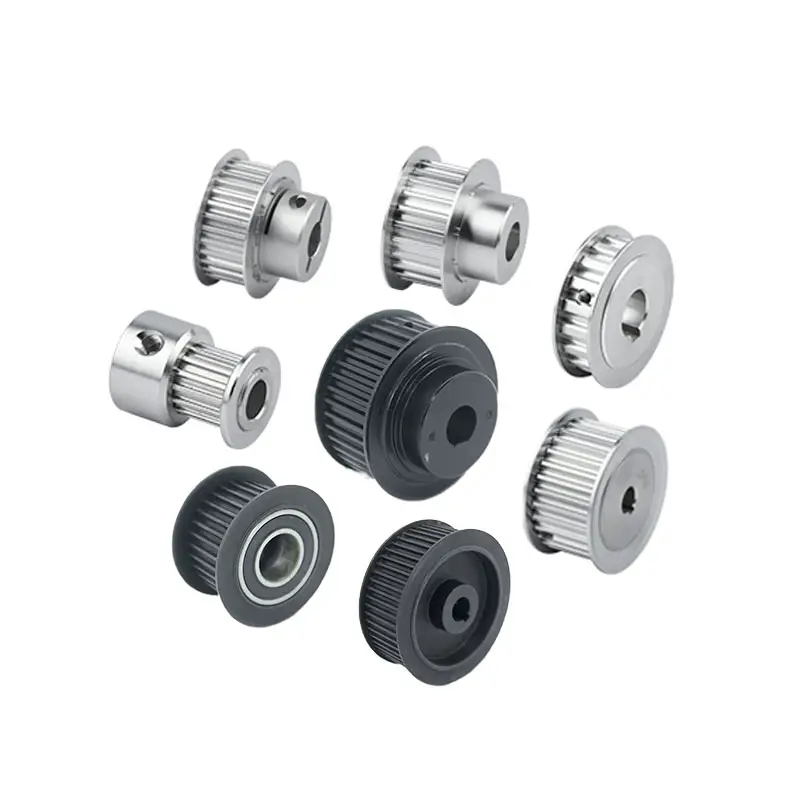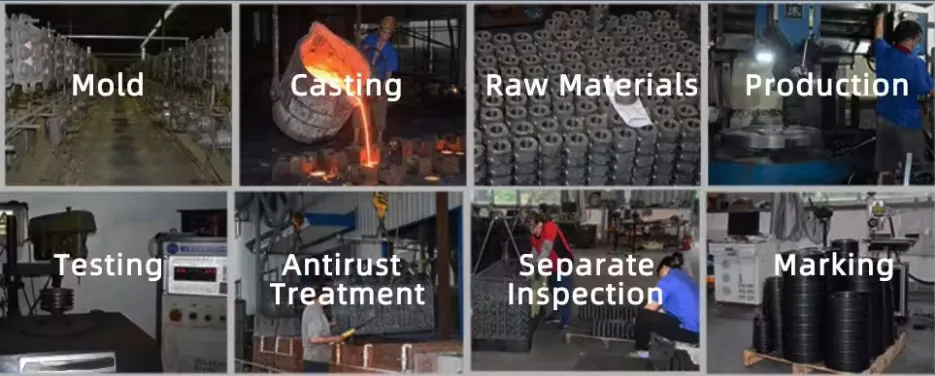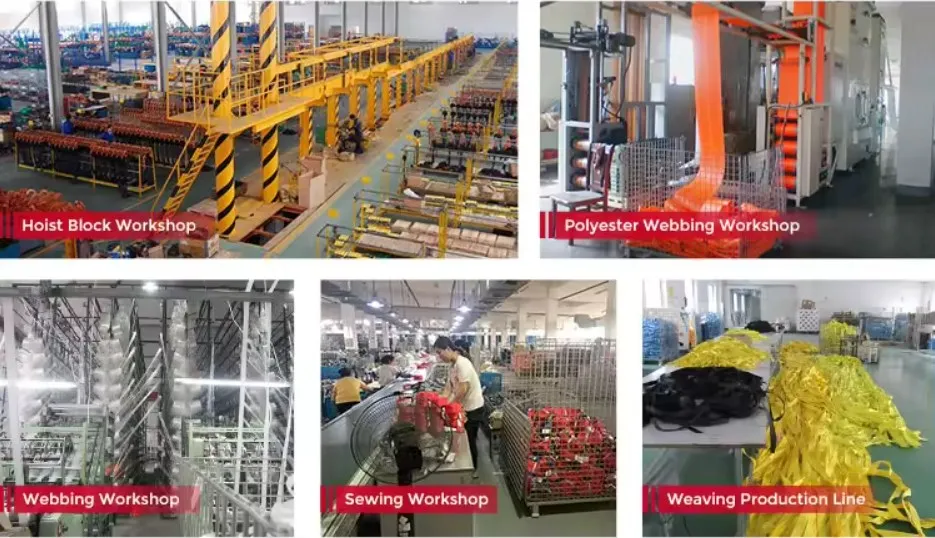3 Inch Sheave Pulley
1. Durable Material
The 3 inch sheave pulley is made of high-quality and durable material to ensure long-lasting performance.
2. Smooth Operation
Designed for smooth operation, this sheave pulley provides efficient power transmission.
3. Precise Design
With a precise design, the 3 inch sheave pulley ensures accurate and reliable performance.
4. Easy Installation
Easy to install, this sheave pulley can be quickly set up for use in various applications.
5. Wide Application
The 3 inch sheave pulley is suitable for a wide range of industrial and mechanical applications.
Types of Sheave Pulleys
V-Belt Sheave Pulleys
V-belt sheave pulleys are designed to transmit power efficiently using V-belts.

Timing Belt Sheave Pulleys
Timing belt sheave pulleys are used with timing belts to ensure precise and synchronous power transmission.
Flat Belt Sheave Pulleys
Flat belt sheave pulleys are ideal for applications requiring a flat surface for power transmission.
Wire Rope Sheave Pulleys
Wire rope sheave pulleys are specifically designed for use with wire ropes in lifting and hoisting applications.
Chain Sheave Pulleys
Chain sheave pulleys are used with chains to transmit power in various industrial applications.
Cable Sheave Pulleys
Cable sheave pulleys are designed for use with cables in material handling and lifting equipment.
What is a sheave on a pulley
1. Function
A sheave on a pulley is a wheel with a groove used to hold a belt, rope, or cable to provide mechanical advantage in power transmission.
2. Construction
Sheaves on pulleys are typically made of metal or other durable materials to withstand high loads and friction.
3. Size
The size of a sheave on a pulley can vary depending on the application and the amount of power transmission required.
4. Types
There are different types of sheaves on pulleys, such as V-belt, timing belt, flat belt, wire rope, chain, and cable sheaves.
5. Operation
Sheaves on pulleys work by guiding the belt, rope, or cable along the groove to transmit power effectively.
What are sheaves used for?
1. Power Transmission
Sheaves are used for transmitting power from one source to another in various industrial and mechanical applications.
2. Lifting and Hoisting
Sheaves are used in lifting and hoisting equipment to support and guide wire ropes or cables.
3. Material Handling
Sheaves are used in material handling systems to move and transport goods efficiently.
4. Conveyor Systems
Sheaves are used in conveyor systems to guide and support belts for smooth material transportation.
5. Automotive Industry
Sheaves are used in vehicles for applications such as power steering, alternators, and air conditioning systems.
6. Marine Industry
Sheaves are used in marine applications for rigging and sail handling on boats and ships.
Process of Sheave Pulley

Mold
The mold is created to form the shape of the sheave pulley.
Casting
The molten metal is poured into the mold to create the sheave pulley’s structure.
Raw Materials
High-quality raw materials are used to ensure the sheave pulley’s durability and performance.
Production
The sheave pulley is manufactured according to precise specifications and quality standards.
Testing
The sheave pulley undergoes rigorous testing to ensure it meets performance and safety requirements.
Antirust Treatment
The sheave pulley is treated with anti-rust coatings to protect it from corrosion and extend its lifespan.
Seperate Inspection
Each sheave pulley undergoes individual inspection to guarantee quality and consistency.
Marking
Final markings are added to the sheave pulley for identification and tracking purposes.
How do you adjust sheave pulleys?
1. Tension Adjustment
Adjust the tension of the belt or rope on the sheave pulley to optimize power transmission.
2. Alignment Correction
Ensure the sheave pulleys are properly aligned to prevent belt or rope slippage.
3. Lubrication Maintenance
Regularly lubricate the sheave pulleys to reduce friction and extend their lifespan.
4. Inspection and Replacement
Inspect the sheave pulleys for wear and tear, and replace them when necessary to maintain efficiency.
5. Load Distribution
Distribute the load evenly across multiple sheave pulleys to prevent overloading and premature failure.
6. Temperature Control
Monitor the temperature of the sheave pulleys to prevent overheating and damage to the system.
7. Professional Assistance
If unsure, seek the help of a qualified technician to adjust the sheave pulleys correctly.
About HZPT

HZPT, established in 2006, is a leading manufacturer of precision transmission components based in Hangzhou. We specialize in producing various engineering parts and can customize products to meet your specific requirements. With a focus on quality, speed, and customer satisfaction, we have built a reputation for excellence in the European and American markets. Our production capabilities, combined with our commitment to providing top-notch service and competitive pricing, make us the ideal choice for all your pulley needs. Contact us today and experience the HZPT difference!